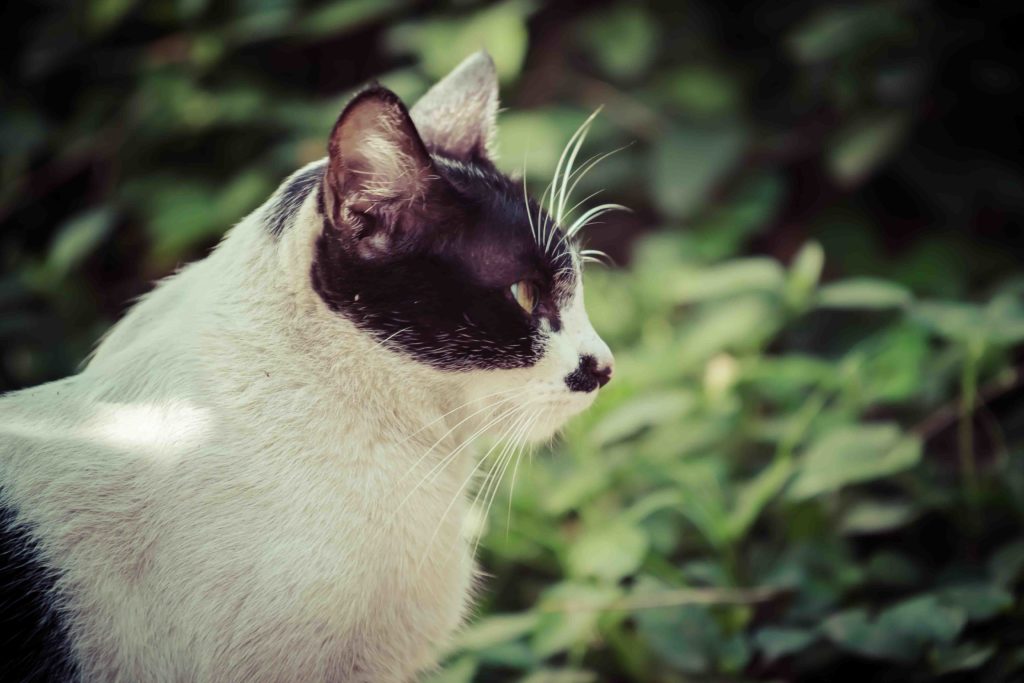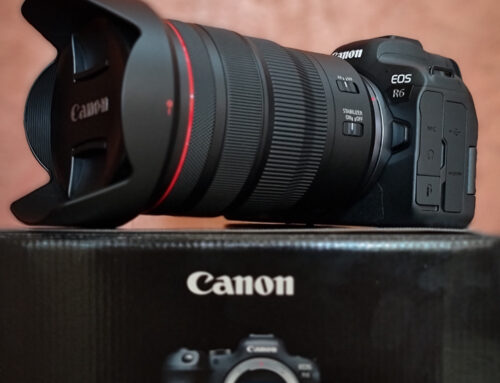
We are very particular about getting sharp images..but in real life, do we see everything sharp!!
Sharpness in your images can be attributed to one of the factors or a combination of multiple factors that we explore here..
It could be you, , your subject, and your camera gear contributing to image sharpness.
You — During handheld shoots, use your body to best stabilize your camera. Stand with your legs comfortably apart and use your legs as suspensions but try to be firm waist up. Pull in your core muscles (good exercise to strengthen your cores as well) and hold them tight. Hold the camera closer to your body with elbows firmly tucked into your ribs. Breath in gently and fill up your lungs. Shoot right when you hold your breath. Don’t forget to breath again after the shot. Leaning against the wall (unless its not freshly painted its fine) or a tree, while standing, and placing your elbows on your knees while kneeling adds stability. The time of the shoot matters. After a good night’s sleep and healthy breakfast, you might be filled with energy at the start of the day and hand held shots would be sharp. As the day progresses, your muscles tend to get tired. Aches and pains start to show up…you might be dehydrated..your shoulders have been bearing the weight of your camera and lens +flash+diffuser, the once featherlite backpack now feels like a fully grown bear on your back. Dont shoot when you are too excited. You might move your camera even before you completed the shoot. Excited to see what you shot isnt it.. Sometimes you might want to hold the camera steady a wee second than actually perceived. Dont shoot when you are about to have a panic attack (like when you realize your battery is powering down real fast…u did plug in the charger but the smartass didnt power it on).
The Subject – If you are dealing with human subjects, communicating to them to be steady or hold their pose a wee bit longer than after the shutter release occurs definitely works. Ask them to look for your cue to come off the pose and not to go with the cue of the shutter release. During a long exposure, remember you will hear 2 shutter sounds; one when the exposure starts and another when it ends. Your subject might move when they hear the 1st sound.
The Camera Gear – Keep the shutter speeds higher than 1/160. Use the shutter speed=focal length rule. Shutter speed should be equal to or twice that of the focal length. Not an easy one to achieve during low light conditions. If the Camera has good noise control, hiking up the ISO will help. Dont forget the power of mother earth..the invisible force – Gravity. Longer lens are more prone to the effects of gravity as they extend out of the camera body and also beyond the realm of the tripod’s area of balance. On long telephotos, when mounted on the tripod, use the “over hand technique”. A wide open lens does help fetch a fast shutter speed but at the cost of a narrow DOF. And not everyone can afford wide open lenses. Use of focus points that meter light even in low EV combined with a good quality lens can achieve focus faster. Note that by staying in a shot longer, you are only increasing the probability of amplifying the decrease in sharpness.
Choose the right point of focus…where you focus is where the DOF dwells. Choose the right aperture or deep aperture (at the cost of loss of blur) will get the entire surface area of the your subject sharp.Sometimes you might want to switch to Manual Focus from Auto Focus to check sharpness. If the lens is consistently missplacing DOF, check if the lens needs micro-adjustment to ensure focusing is precise and depth of focus is right. Using your viewfinder instead of the LCD screen also gives you stability. Note that the AF on viewfinder is faster than that on LCD. And as you tend to hold the camera away from your body while trying to view and shoot via the LCD, you have to put more effort to hold the camera steady. It gets worse if you have a heavy gear.
Use a tripod. Use any flat surface to stabilise. Though the camera is on a tripod or on any stabilized surface, to further enhance sharpness use wireless or wired shutter release mechs or set off the shutter on timer. This ensures that the shake introduced by your finger tripping the shutter release dissipates before the exposure starts. Apart from storage, the camera bag can double up as stabilized surface as well. If you are shooting from a moving vehicle, request the driver to keep a steady speed, no sudden acceleration/decelerations, no breaks or bumps. Set your AF to AIServo (Canon) / AF-C (Nikon) and fire the shutter in brief bursts. While shooting subjects like flowers consider this setup to ensure any sudden gusts of wind does not put your flower out of focus. In post processing, sharpness can be enhanced but remember do not over do it.
There you go!! Find your best combination/s and practice…






Thank you very much for this valuable information
Thanks for the feedback..
Useful and informative to beginners and aspiring photographers to learn the basic tricks and techniques involved
Appreciate your feedback..thanks..
Reading this article, felt like picking up my camera and get out to shoot😊 your description of alignments is so good any one would want to learn photography.
Well I m busy with other things now. So when I can totally focus will step out with my camera😊🙏🏽
Thanks for the wonderful feedback..
Thank you for a valuable Tips
You are welcome Sudhakar..